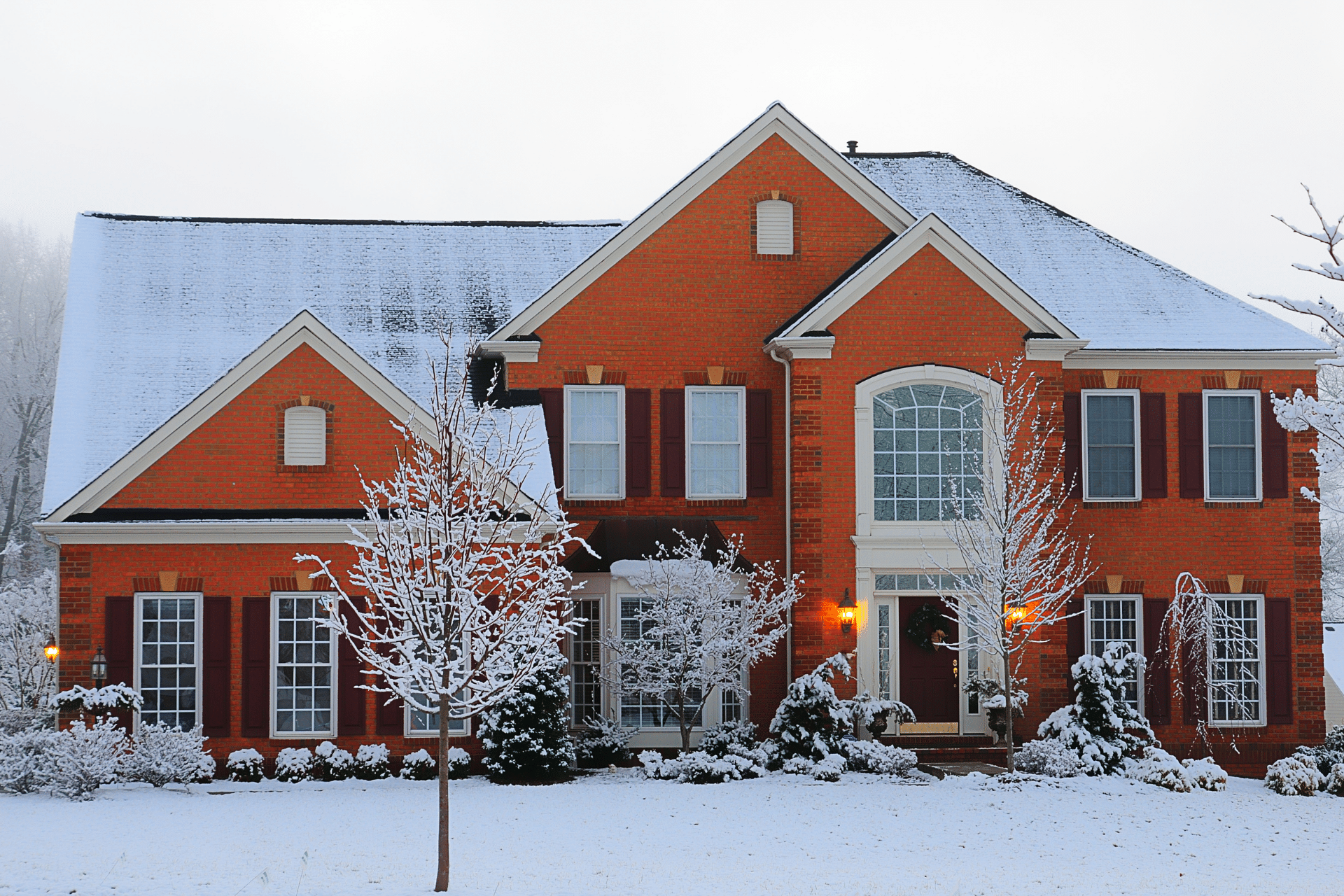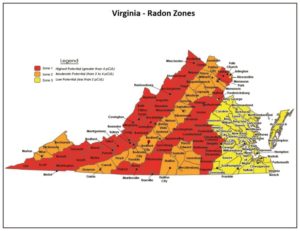
21 Jan Radon Action Month in Northern Virginia
The Environmental Protection Agency (EPA) has declared January to be National Radon Action Month, and residents of Northern Virginia should be particularly concerned about this issue. The EPA estimates that radon is the number one cause of lung cancer among non-smokers, and the second leading cause of lung cancer overall. Every year, radon is responsible for about 21,000 lung cancer deaths, and 2,900 of these are people who have never smoked. Because of the danger it presents, this month is a great time to take steps to protect yourself from this dangerous gas.
What is Radon?
An odorless, tasteless, invisible gas, radon is radioactive, coming from the breakdown in uranium. It exists in different concentrations in soil, rock, water, and air. Radon can seep through the foundation of a home and into the air from the ground without easy detection, and even some building materials that are supposedly radon-resistant might not stop this sneaky threat from penetrating.
Radon in Northern Virginia

Radon has been found to be more concentrated in some areas than others. Virginia has 46 counties and 15 cities classified as high-risk zones for radon, and 24 counties and 8 cities classified as moderate risk zones. In Northern Virginia, Fairfax County is one area of high risk, while Loudoun, Arlington, Prince William, Fauquier and Rappahannock counties all have moderate risk of radon. 56% of homes tested in Northern Virginia detected radon levels.
How to Protect Yourself from Radon
The most important step to take to protect yourself and your family from exposure to radon is to have your home tested to make sure there are no unsafe levels in your environment. It is particularly important to test if you are planning to do a major remodel or increase your occupation of your basement or lower levels of the home. Unless your home already has a radon-mitigation system installed, then a finding of safe levels in one test doesn’t prevent a subsequent test from showing gradual penetration and increase of radon levels in your home. If radon is detected, a mitigation system can be installed, and this system should be inspected periodically to assure its continued function.
How Does a Radon Test Work?
There are a variety of radon tests available through a certified professional or a home kit. Some tests deliver quick results, with less accuracy, while others involve testing that takes several months. While it is preferable to work with a professional, if you elect to use a home test kit, it is critical to follow all of the instructions carefully, especially with respect to proper placement of the testing unit; since the wrong placement can deliver results that are artificially low, hiding the presence of a dangerous level of radon.
Biller & Associates is a certified radon testing professional who will come to your home to do a thorough and accurate measurement of the radon levels present throughout the home. By completing this important step, you can make sure that you and your loved ones are safe from the harm that this dangerous gas can cause. Contact us today to set up your radon test.


